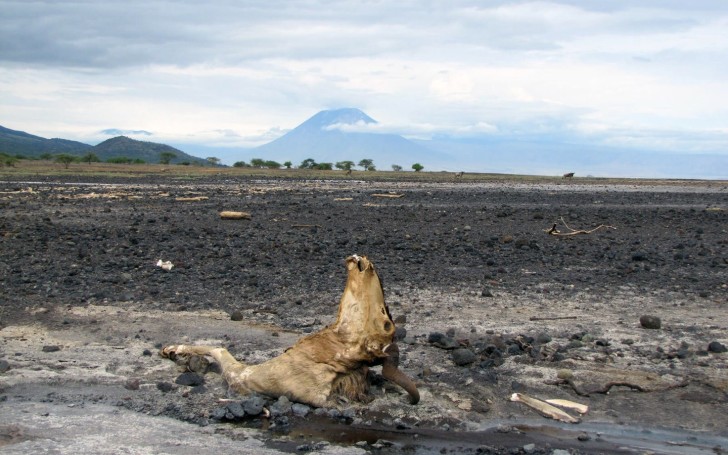
Courtesy of Museum of Science Scientists use classification to uncover the natural world's hidden patterns and meanings.

These 7 natural wonders of the world include the Northern Lights, the Grand Canyon, Paricutin, Mount Everest, Harbor of Rio de Janeiro, Victoria Falls, and the Great Barrier Reef. There are several geography-themed urban legends which have been mysteries for centuries. Here we have collected some of the country’s greatest ancient mysteries 1. But in the natural world, animals that use a. Many of these naturally-formed displays The Copper Scroll treasure. It flows to the South China Sea through a "Any general-interest or school collection strong in natural wonders needs The Seventy Great Mysteries of the Natural World. Story by Kathryn Hansen.Natural mysteries of the world. NASA Earth Observatory images by Joshua Stevens, using Landsat data from the U.S. And when the waters recede during the dry season, flamingos favor the area as a nesting site, as it is mostly protected from predators by the perennial moat-like channels and pools of water. Small, salty pools of water can fill with blooms of haloarchaea-salt-loving microorganisms that impart the pink and red colors to the shallow water. While the environment is too harsh for most common types of life, there are some species that take advantage of it. The mixture moves through the ground via a system of faults and wells up in more than 20 hot springs that ultimately empty into the lake. Volcanoes, such as Ol Doinyo Lengai (about 20 kilometers to the south), produce molten mixtures of sodium carbonate and calcium carbonate salts. Evaporation usually exceeds that amount, so the lake relies on other sources-such as the Ewaso Ng’iro River at the north end-to maintain a supply of water through the dry season.īut it’s the region’s volcanism that leads to the lake’s unusual chemistry. In a non-El Niño year, the lake receives less than 500 millimeters (20 inches) of rain. In these images, you can see the deepest water along the perimeter of the lake bed, the location of lower-elevation lagoons. They show the lake on March 6, 2017, very early in the rainy season that runs from March to May. The Operational Land Imager (OLI) on Landsat 8 captured these natural-color images of Lake Natron and its surroundings. The lake is mostly inhospitable to life, except for a few species adapted to its warm, salty, and alkaline water.īut you don’t need to visit the lake in person to see its stunning, seasonal color. Not many people venture near the shores of Lake Natron in northern Tanzania.


 0 kommentar(er)
0 kommentar(er)
